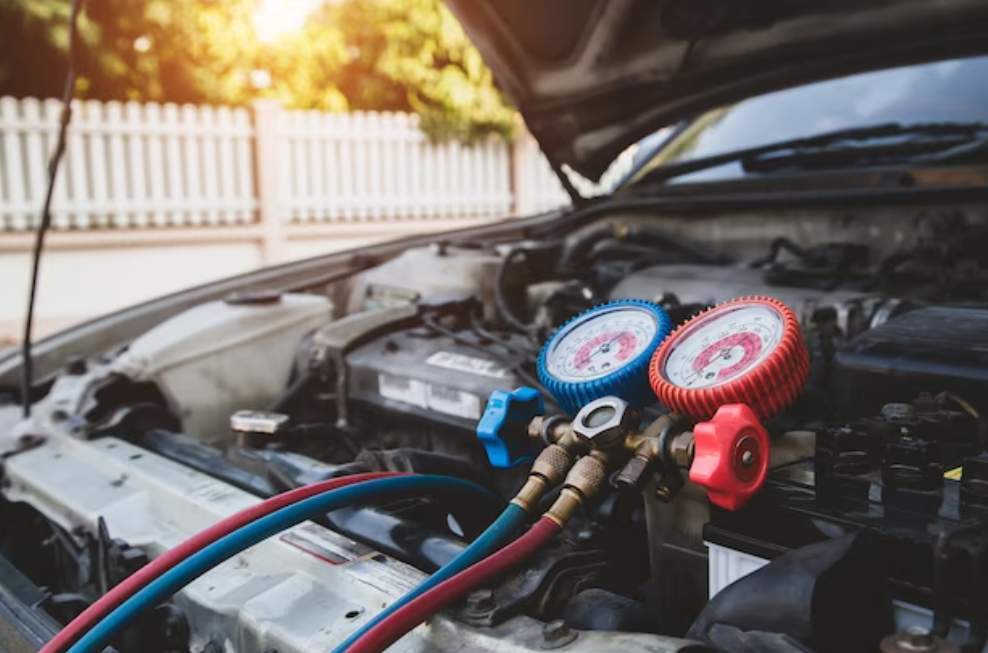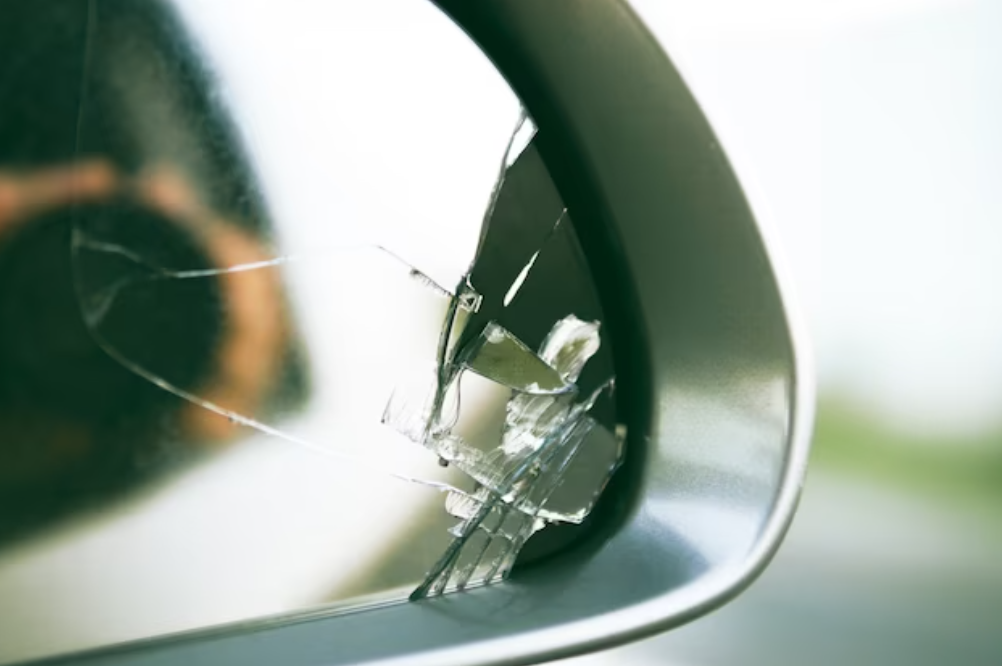How To Drive A Manual Transmission?
Few things inspire as much enthusiasm and skill in the field of vehicle mechanics as the manual transmission. Manual transmissions, sometimes referred to as stick-shift or standard transmissions, are highly regarded for providing drivers with the most control over their cars. They are sometimes acclaimed as the ultimate driving experience.
Manual transmissions require drivers to engage different gears with a clutch pedal and gear stick, which is more manual than automated transmissions. This blog post delves into the complexities of manual gearboxes and explains why becoming proficient in them can be useful and fulfilling.

What Is A Manual Transmission?
A manual transmission, also known as a stick-shift or standard transmission, is a type of transmission found in vehicles. Unlike automatic transmissions, which shift gears automatically, manual transmissions require the driver to manually engage different gears using a clutch pedal and gear stick. This provides the driver with greater control over the vehicle's speed and power distribution, making it a more engaging driving experience.

Manual cars:
- Tend to be cheaper to maintain and repair compared to automatic cars due to the simpler transmission system.
- Offer better fuel efficiency, typically boosting gas mileage by 2 to 5 mpg.
- Are more commonly found in certain regions around the world, making it valuable knowledge for frequent travelers.
- Additionally, knowing how to operate a manual car can be crucial in emergencies. Whether you need to drive a friend's manual car or quickly borrow a relative's vehicle, you'll be equipped to handle the situation.

1. Select a suitable practice environment.
Before delving into manual transmission, locate a safe, open area such as a large, level parking lot to minimize potential hazards and stress during practice sessions.
2. Understand the controls
Take time to acquaint yourself with the manual transmission's unique controls. The clutch, positioned as the leftmost pedal, serves as a key differentiator from automatic vehicles. Familiarize yourself with the gear shifter's layout and operation, typically positioned between the driver and passenger seats, to grasp the gear selection process.
3. Initiate vehicle startup.
Begin the startup process by fully depressing the clutch and brake pedals while igniting the engine using the ignition key or modern Start/Stop button. While stationary, experiment with the gear shifter to understand the gear positions, aiding in tactile memorization despite initial challenges.

4. Commence driving
Engage first gear by shifting the gear lever to the "1" position while gradually releasing the clutch and applying gentle pressure to the accelerator pedal. Mastering this delicate balance between clutch engagement and gas application is crucial, as abrupt maneuvers may lead to vehicle jerking or stalling. Gradually increase gas pressure as you sense the vehicle's motion, ensuring a smooth transition into motion.
5. Gear Shifting
As you gain momentum, gear shifting becomes necessary for acceleration. Anticipate the need for gear changes as engine noise increases, signaling the requirement to shift to higher gears. To shift gears, release pressure from the accelerator, depress the clutch, shift to the desired gear, and gradually release the clutch while applying gas. Limit practice to lower gears initially to mitigate speed-related challenges, especially when navigating main roads.
How long does it take to learn how to drive a manual car?
This depends, like most things, on how much you practice. It could take anywhere from 30 minutes to a few hours to get the basics down. From there, you just need time behind the wheel to learn how not to stall and how to be smooth with the clutch pedal, something you’ll have to get used to on every manual vehicle, as each has a different feel.
If you drive every day, it shouldn’t take more than a week or two to feel completely confident in your new skills driving a stick-shift vehicle.
On a hill, how do you start a manual car?
Starting a manual car on a hill can be tricky due to the risk of rolling backward when releasing the brake. To manage this, you should use the handbrake to prevent rollback while gradually pressing the accelerator and releasing the clutch. Giving more gas is necessary to build momentum for moving uphill. Avoid using the clutch to hold the car in place on the hill to prevent excessive wear on the clutch.
When driving a manual car, what are some things you should not do?
- Avoid resting your hand on the gear shift, as it could cause premature wear on your transmission.
- Avoid accelerating too rapidly when the engine revs are low; instead, consider downshifting or accelerating gradually.
- Avoid keeping your foot on the clutch pedal when not actively shifting gears, as this could lead to premature wear on the clutch.
Is it necessary to apply the brake and clutch at the same time?
Whether you need to press the clutch and brake at the same time depends on your speed and intention. If you're just slowing down, downshifting instead of pressing the clutch may suffice. However, if you're coming to a complete stop, pressing the clutch is necessary to prevent stalling. Shifting into neutral achieves a similar outcome, but it still requires using the clutch pedal. This allows you to stop without stalling and without keeping the clutch engaged while stationary.
In conclusion, mastering the art of driving a manual transmission opens up a world of benefits, from potential cost savings to a heightened sense of control and engagement on the road. While the learning curve may seem daunting at first, with patience and practice, anyone can become proficient in driving stick-shift vehicles. So whether you're drawn to the mechanical elegance of manual transmissions or simply seeking to expand your driving skills, embracing the manual experience is sure to enrich your journey behind the wheel.
Click on the following link to read another blog post: How To Dispose Of Motor Oil?
















